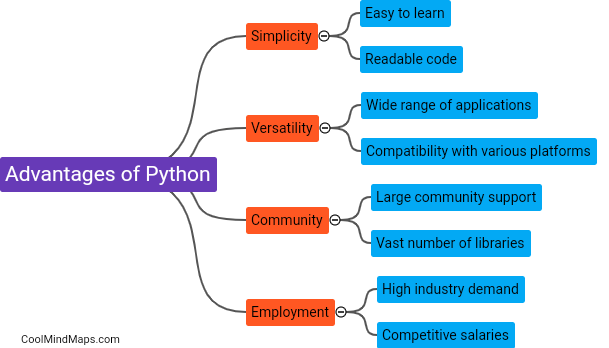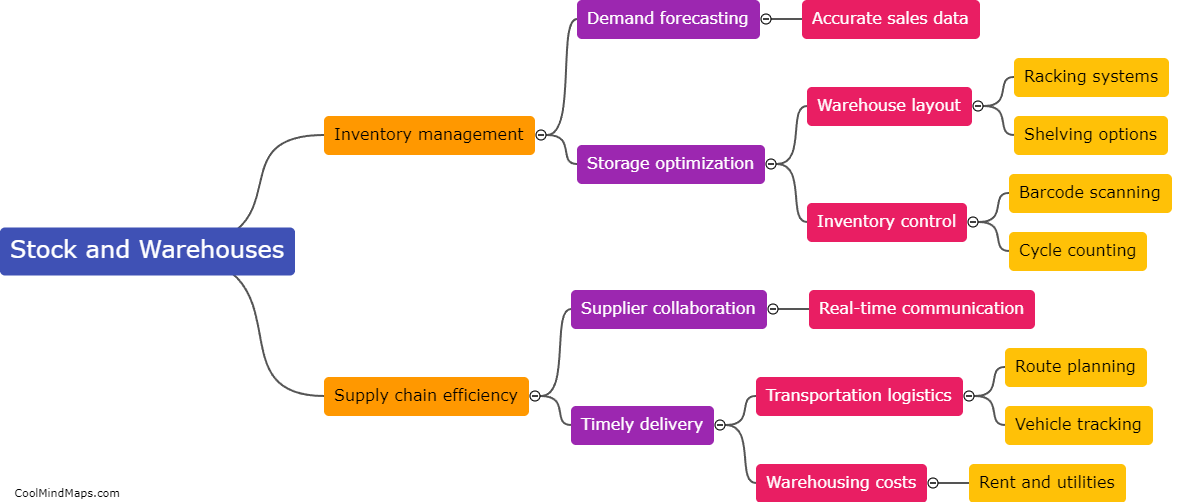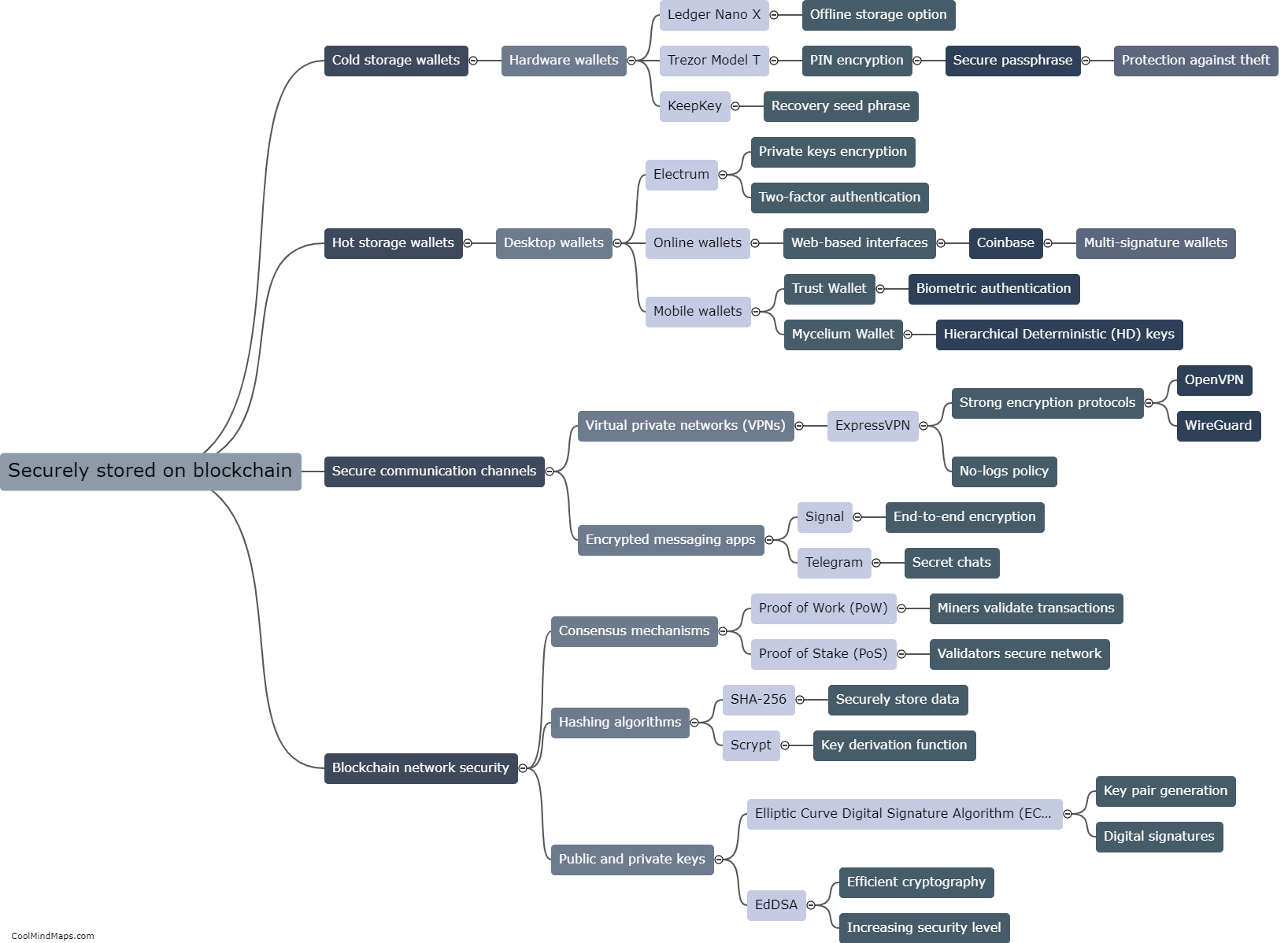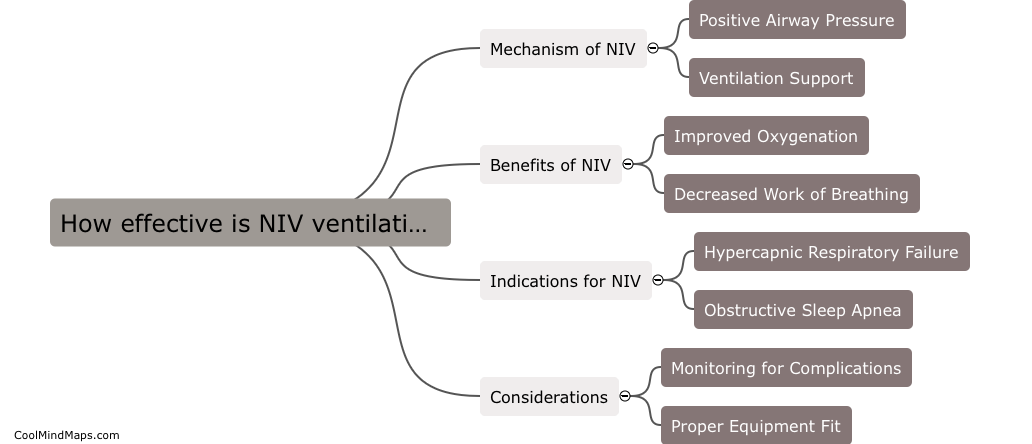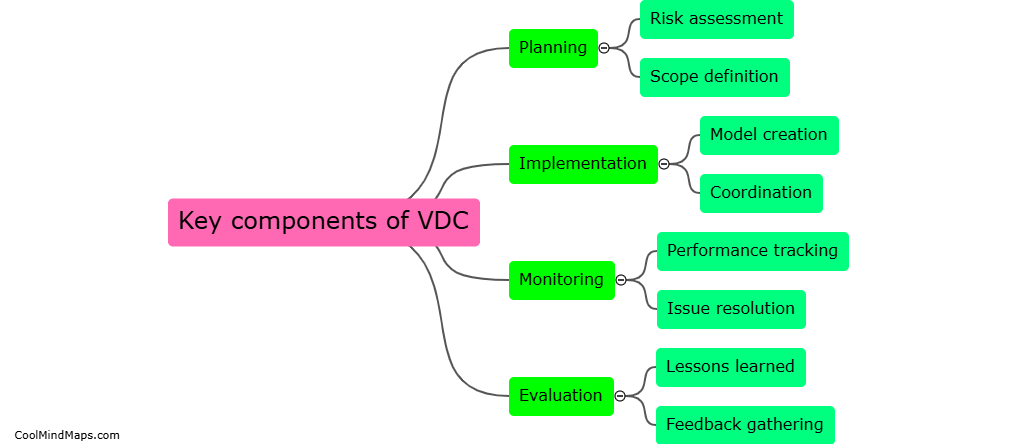Is phrenic pacing more successful in treating central apnea?
Phrenic pacing has shown promising results in treating central apnea, a condition characterized by pauses in breathing during sleep due to a lack of respiratory effort from the brain. By stimulating the phrenic nerve, which controls the diaphragm muscles, phrenic pacing can help restore regular breathing patterns in patients with central apnea. While more research is needed to fully understand the effectiveness of phrenic pacing compared to other treatment options, early studies suggest that it may be a viable and successful option for managing central apnea.

This mind map was published on 1 August 2024 and has been viewed 67 times.
